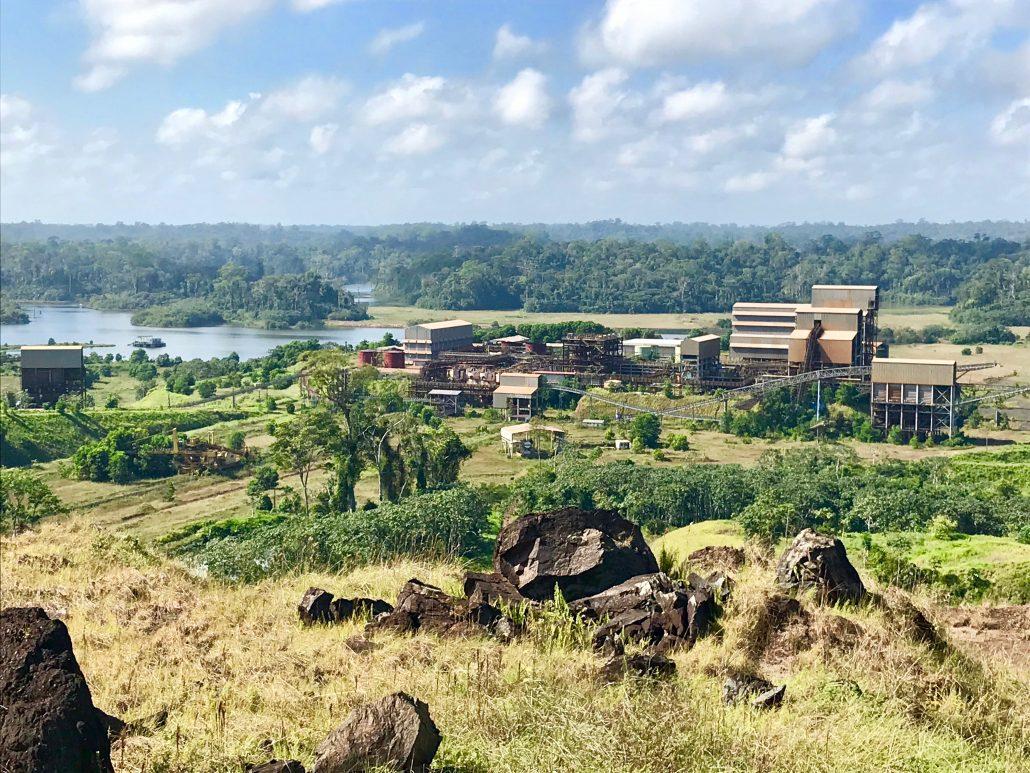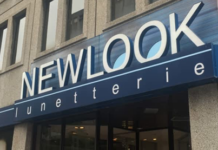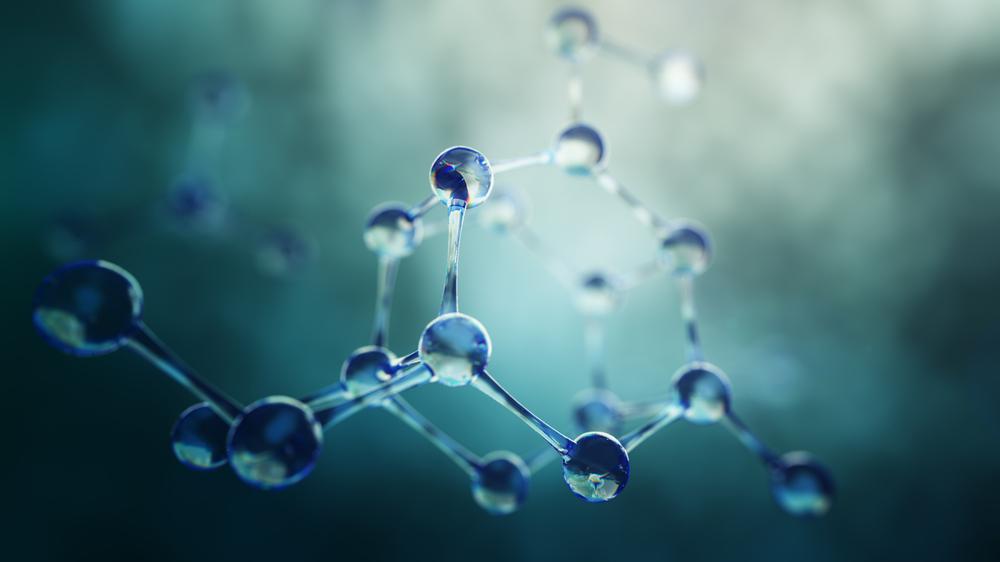Since evolving from Rare Earth Minerals in early 2017, AIM listed Cadence
Minerals (LON:KDNC) has offered investors a proposition largely based on investments into selected lithium and base metal projects around the globe.
Taking cornerstone stakes in projects such as the Cinovec Lithium and Tin
Project in the Czech republic and Macarthur Minerals’ Lake Giles Iron Project in
Western Australia has provided Cadence with opportunities to invest into
acquiring assets directly.
The Company initially acquired lithium assets in Argentina and Australia, but when the iron ore supply squeeze in late 2018 threw up an opportunity to acquire the Amapá iron ore project in Brazil, Cadence management and its core investors jumped in with both feet.
Formerly owned by Anglo American (AAL) and Cliffs Natural Resources, the Amapá iron ore project is a large-scale iron open pit ore mine with associated rail, port and beneficiation facilities. Based in Northern Brazil close to the Atlantic, Amapá commenced operations in December 2007, and prior to its sale in 2012 due to a collapse in iron ore prices, Anglo American valued its 70% stake at $462m. Back then the mine was selling ore globally to Europe, USA and China.
With approx 1.4 million tonnes of iron ore stockpile sitting ready for shipment at
the port, Cadence CEO Kiran Morzaria set up a joint venture company Pedra Branca Alliance Pte Ltd (PBA) with Singapore based commodities group IndoSino Pte Ltd to acquire DEV, the Amapá holding company.
A judicial restructuring plan submitted by PBA was approved, which saw Cadence, through PBA, acquire a 27% stake in the Amapá iron ore project for just $6m. And following extensive work with the judicial trustee and creditors committee, a landmark ruling was today delivered by the Commercial Court of São Paulo, approving the shipment of the iron ore stockpiles. The net proceeds of the iron ore sales will be used to pay labour and small creditors, and to bring the Amapá iron ore project back into production.
“Opportunities such as this come along once or twice in a lifetime,” says Morzaria.
“To start a project on the scale of Amapá would require little short of $1bn capex.
We (Cadence) will own 27% of a project, which when recommissioned should
generate over $136m EBITDA per annum for at least 14 years, plus we will have
the right and first refusal to acquire up to 49%.”
Rehabilitation of the mine, railway and port is expected to be completed by 2021,
with first new production in 2022. A production ramp up will see 5.3 million
tonnes of iron ore produced per annum by 2024.
More significantly, mine net revenues after shipping is forecast to be
approximately $265m per annum, with EBITDA of approx $136m per annum
based on a conservative iron ore price of $61 per tonne. Currently iron ore prices
are around $84 per tonne.
Of course there is another benefit in rehabilitating the Amapá mine. The local
economy will be rejuvenated, creating hundreds of jobs and employment opportunities, along with new funding for local schools and hospitals.
“Previously Amapá’s output amounted to a sizeable chunk of the local economy,”
adds Morzaria.
“Bringing the mine back to life will provide a huge boost to the region.”
AIM listed Cadence currently trades on an asset backed market cap of just £7m. Given this, the opportunity and the numbers are hugely impressive and will be completely transformational once the mine is close to re-opening.
To echo Morzaria’s words, for a micro cap mining company, Amapá surely is a once in a lifetime opportunity.




